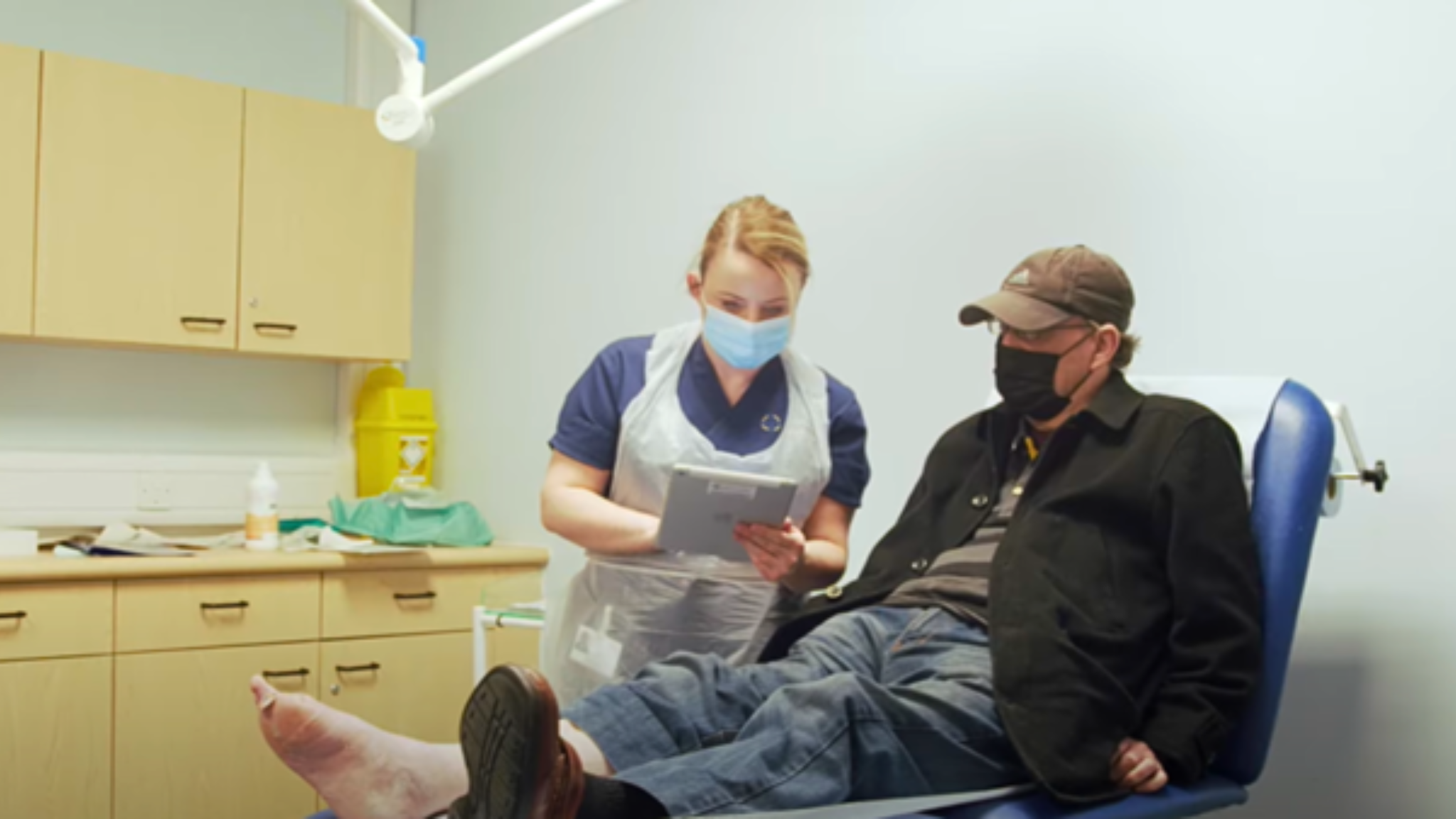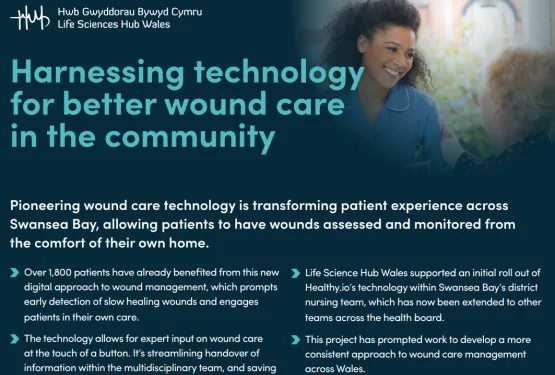How Life Sciences Hub Wales supported the project
This work was prompted by funding that Healthy.io received from the Welsh Government’s Digital Solutions Fund, an initiative set up during the initial stages of the pandemic to help deliver digital solutions at speed.
Digital Health Ecosystem Wales (a collaboration between Life Sciences Hub Wales and Digital Health and Care Wales) coordinated the application and selection process for the fund. This involved us helping to connect up successful innovations with parts of the Welsh health service that could benefit from them.
We then provided project management and logistics support to get projects off the ground. In Swansea Bay this involved leading weekly meetings to support delivery of the project and troubleshoot any challenges the team faced, and coordinating reporting and communication with the Welsh Government.
What next?
Swansea Bay University Health Board is developing a proposal to secure funding for the permanent integration of the wound app within District Nursing and Community Wound Clinic. The District Nursing team are also collaborating with Microbiology, granting them read-only access to the wound app to help decrease antibiotic prescriptions. Additionally, the Pressure Ulcer Prevention and Intervention Service have read-only access, allowing them to offer timely specialist advice to minimise wound healing time.
A wider legacy across Wales
What started as a small evaluation project has now led to much larger scale work to look at how AI technology can support wound management across Wales, with engagement from Welsh Government, the Welsh Wound Innovation Centre and other Welsh health boards.
"We are delighted to have facilitated the trial of this pioneering digital tool within Swansea Bay. The long-term legacy from this project is the bigger conversations that are now happening across Wales about better wound care management and how national adoption of this kind of technology could help."
Kate Coombs, Head of Programme Delivery at Life Sciences Hub Wales
In the process of supporting the initial project, Life Sciences Hub Wales brought together a range of individuals and organisations with an interest in wound management. This developed into a management group who are now looking more widely at developing a Welsh pathway for wound management, as well as training needs and technology.
Work is also ongoing to look at the best options for wound management tools to adopt country-wide. The outcomes of this project will feed into that, alongside further work on market analysis (looking at wound management products used across the UK and internationally), evaluating alternative tools and comparing outcomes and cost-benefit analyses.
As a side-result of the project, a previously inactive network for tissue viability nurses and others working with wound management is also being reinvigorated with regular virtual meetings planned. We will continue to offer ongoing support and resources to support this in the future.


